How can you prevent injury when you’re in the heat of the moment?
It happens all the time: People find a fitness class they enjoy, start doing it a few times a week, then end up injured and unable to exercise for months. This happened to me with Zumba, which I loved until I hurt my knee from all the twisting.
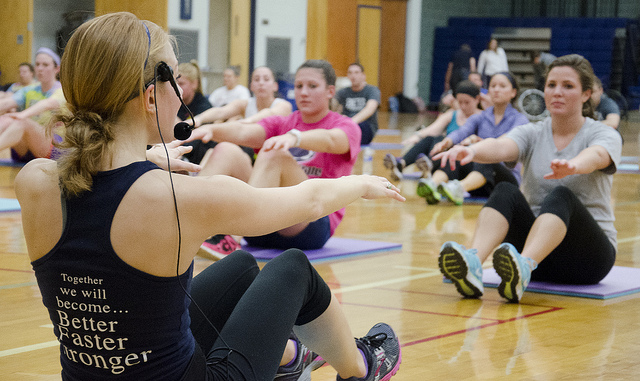
Before I get into the “how,” let’s look at the cause of injuries. A study published in Australia examined reports from more than 2,800 emergency room visits, all of which were attributed to fitness-related injuries at gyms over a 14-year period.
They found that overexertion and strenuous unnatural movements accounted for 36.2% total; people tripping and falling, mostly during aerobics classes and while using other equipment, accounted for 12.5%; and awkward landing or twisting during exercise accounted for 12% (hello, Zumba!).
With that in mind, here are 10 very specific things you should start doing right away to prevent injury:
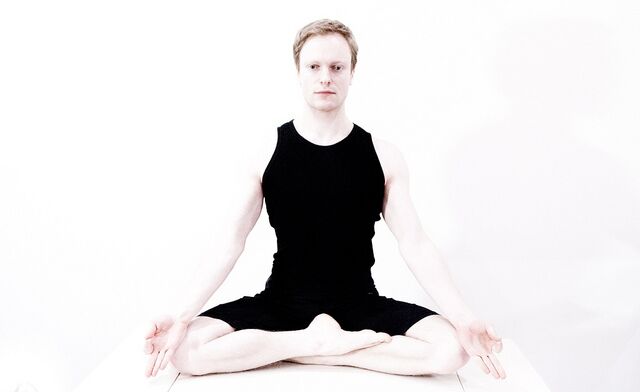
-
Pick really good instructors
By “good” I mean not just entertaining butt-kickers, but people who are actually certified for the activity you’re doing. They should have a degree or certificate from something like the Yoga Alliance, the American Council on Exercise, or the the National Strength and Conditioning Association.
Many injuries can be caused by teachers encouraging students to do things they really shouldn’t be doing, or by not paying close to attention to the way the students are doing them. The instructors who have taken the time to get certified know better.
A good gym should only be hiring trained pros, but many classes nowadays are run out of people’s home or at parks.
If you’re embarrassed to ask about certification, just remember that you’re putting your health in their hands. Just as you wouldn’t follow the advice of a doctor you know nothing about, you shouldn’t follow the advice of an instructor whose education remains a mystery.
>>Affiliate notice: I research every product I recommend, and I only give high marks to the very best. Some of the links here may be affiliate links, which means I may receive compensation from companies if you purchase from them. This is at no cost to you and it helps me keep this website running. So thanks for helping me! I independently own this site and the opinions expressed here are my own.<<
2. Be vocal about your limitations
If you have a pre-existing condition or past injury, talk with the fitness instructor about it before you start a class. There may be things you should do to compensate for it, to avoid placing unnatural stress on your body. As Justin Price says in PT On the Net:
When these imbalances/dysfunctions [in your body] are combined with the dynamic and impactful movements of mainstream group fitness classes, it can lead to serious problems as other parts of the body have to overwork or compensate. As a result, pain and injuries such as plantar fasciitis, Achilles tendinitis, runner’s and jumper’s knee, meniscus tears, hip bursitis, sacroiliac joint dysfunction, disc degeneration and herniation, rotator cuff problems, tendinitis and muscle strains are not uncommon experiences for participants of group classes.
Also, it’s not just a matter of guesswork; there are very specific assessments that instructors can do to understand where your physical limitations lie. If yours has no idea how to do those assessments, you might want to walk away from the class.
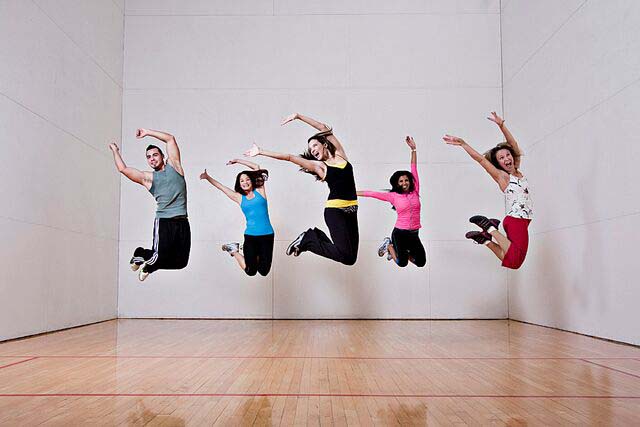
3. Wear the right footwear
By that I mean the right footwear for the specific activity you’re participating in. Landing in an unnatural way is sometimes caused by a lack of foot support for the movements you’re doing.
This is especially important in fitness classes that involve jumping. The New York Times cautions against this for Zumba in particular:
Any thinly soled sneakers or comfortable workout shoes will do. But running shoes, which tend to have thick treads, are inappropriate, because they are designed for forward movement only. The treads get in the way when doing Zumba’s many side-to-side and pivot moves.
It could also mean inserting special orthotic insoles into your sneakers; wearing compression foot sleeves for things like plantar fascitis, which makes even walking painful (I say that from experience!); and ball of foot cushions to pad your feet when you come down hard.
4. Accept that you can hurt yourself badly during Yoga
I’m not saying you shouldn’t do Yoga; it’s a fantastic form of exercise and relaxation. But yes, even Yoga results in many injuries each year. As Elena Brower, founder of the Virayoga studio in New York City, told NBC News:
Over time, the tiniest misalignment of even a quarter inch can make the difference between something that is injurious and something that is healing.
The article describes how two women developed terrible conditions during Yoga—one developed a painful ganglion cyst on her wrist, and the other tore her left carotid artery in her neck, which doctors said was probably caused by doing an advanced version of the Fish Pose in a Yoga class she’d taken.
It’s definitely better to think long-term before you go for that difficult pose. And make sure you have a high-quality Yoga mat.
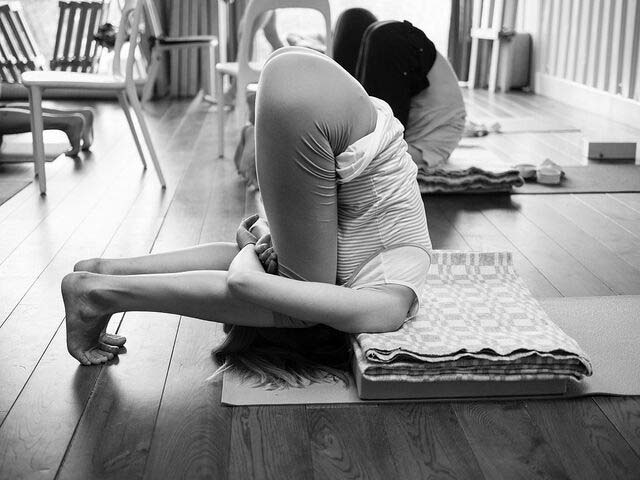
5. Don’t do it if you don’t know how
In this case “it” equals anything in class, from the easiest to the most vigorous movements. Sometimes the smallest, split-second movement can result in a huge injury.
One woman in New York sued a gym because an instructor told her to sit down and put an exercise band around her feet; not knowing how to do it safely, she ended up blinded in one eye when it snapped up and hit her face.
A good instructor knows that you need to be shown even the smallest things. But, they’re people, too, and they can forget what you’ve already learned. So, speak up and ask questions next time you find yourself fumbling with anything you don’t understand.
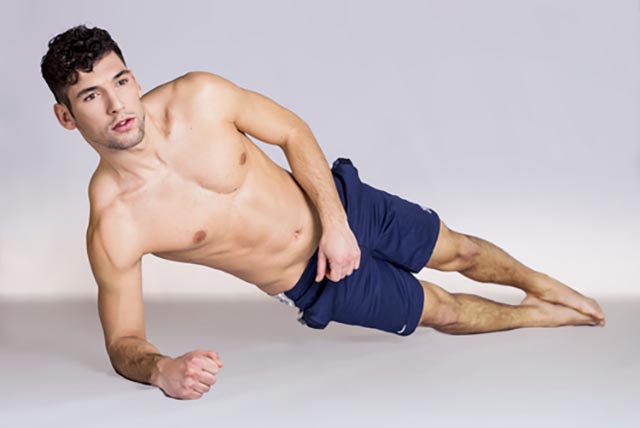
6. Avoid these machines in particular
If you’re doing a circuit-style class that uses weight machines, here are some words of caution.
Seated crunch machines, abdominal rotation/seated twist machines, and seated abductor and adductor machines are known to hurt lower backs.
Cable pull-downs can hurt your upper spine. Leg curl machines can pull your hamstrings and cause knee injuries.
There are always alternatives you can do to work the same areas of your body, but that don’t involve machines.
7. Set up the stationery bike properly
I love going on the stationery bike at my gym. But I also know you have to adjust them to fit you. That particularly true in strenuous indoor cycling classes. If you don’t take the time to customize the bike to you every time you begin class, you could end up with a lot of knee pain down the line.
In an article by Women’s Health magazine, Ray Wallace, Chief Fitness Strategist of Pedal NYC, advises that you get to class well before it starts, so you have time to set the seat at the right height and to adjust the handlebars. Here’s his advice on how to do that best:
Place your feet on the pedals and rotate them until one leg reaches the bottom on the pedal stroke – your leg should have a 30-degree bend in the knee.
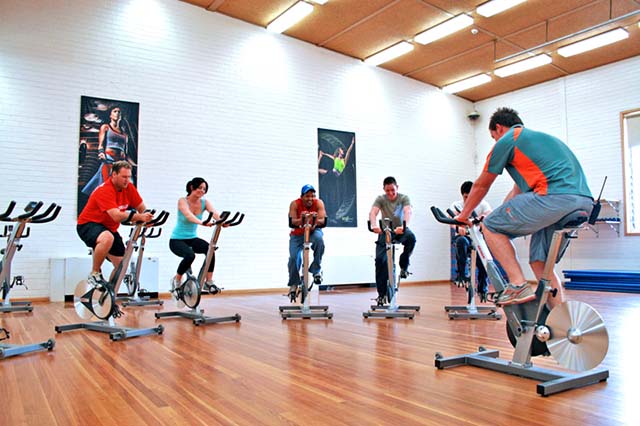
8. If you do box jumps, don’t overdo it
Dr. Vonda Wright, an orthopedic surgeon and author of several fitness books, including Fitness After 40: How to Stay Strong at Any Age, cautions against doing box jumps vigorously.
Box jumps are movements that require you to hop on and off of platforms at different heights, and are popular with Crossfit classes. But in an O Magazine article Wright says that they often cause injuries to Achilles tendons or knees.
Part of the problem is that it’s hard to land in the perfect position—especially for women, who tend to land with their knees too straight. One solution: Hop up onto the platforms, but step off of them instead of jumping.
9. Practice correct weight lifting techniques
Weight lifting is great for your health at any age, and many exercise classes include lifting barbells as part of the routine. But it’s easy to think you’re doing it properly when even the tiniest bad habit in your form can lead to serious injury.
Have the instructor double check what you’re doing, even if the weight is light, to make sure you’re not making a mistake that will cost you dearly.
10. Always stretch after you finish exercising

The emphasis here is on the word “always” and on the word “after.” Says KevinMD of Medpage Today:
Recent research suggests that stretching before a workout may actually hinder performance. The best time to improve flexibility and posture is after class, when your muscles are warmed.
If an instructor encourages tons of hard stretching before you’re warmed up, consider finding a new class.

























Your emphasis on proper warm-up and stretching techniques, as well as listening to your body’s signals, resonates deeply with me.